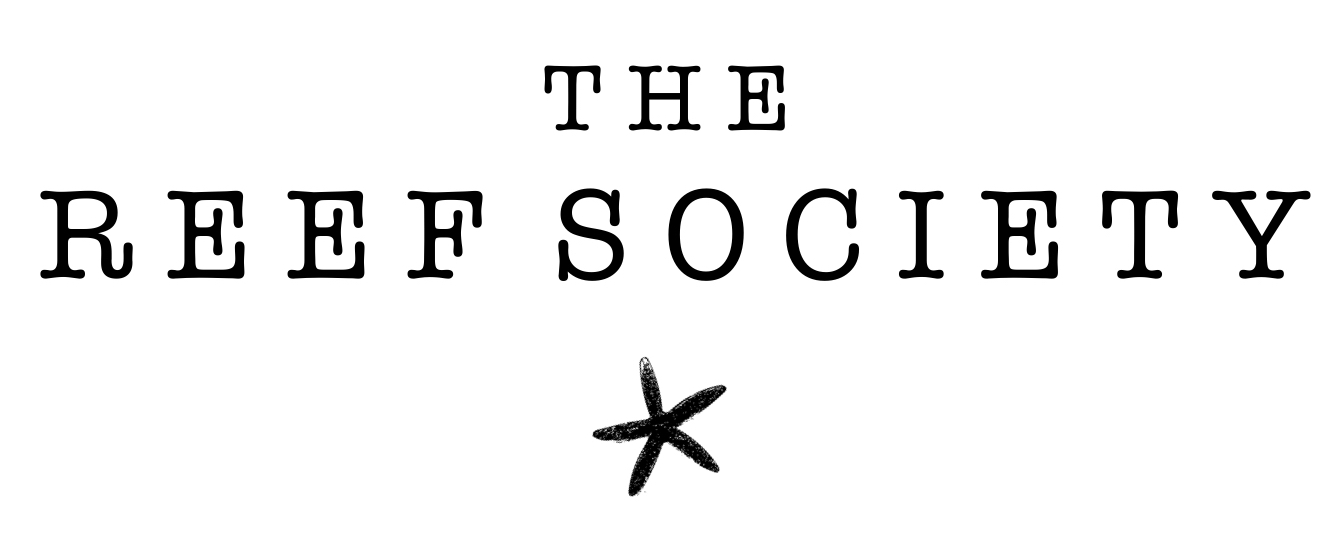The two greatest threats to natural environments around the world are climate change and loss of biodiversity. Here in Far North Queensland, we live in David Attenborough’s favourite place in the world where two World Heritage areas meet - the Great Barrier Reef and the world’s oldest rainforest.
The Great Barrier Reef is the best managed reef in the world, is extensively monitored and is supported with outstanding research. And, we share it with the world through the most regulated, safe and accessible tourism operations anywhere. It is the #1 driver of visitation to Australia.
The institutional and community ecosystem that has evolved to support these two natural assets has become a leading light for reefs - and rainforests - around the world. The Marine Park Authority (GBRMPA), Wet Tropics Management Authority(WTMA), research agencies, tourism and community groups are all working together to ensure the best possible local resilience to the global threats that challenge all nature. We look after it with passion, professionalism and integrity and unlike many tropical environments, we can resource this effort because we are a wealthy, stable democracy.
This collective effort is something for us to be proud of and enables us to say with confidence - if you are going to see any reef in the world, or rainforest, come see ours.
This empathy with the environment is our story, but it is not something new. We have been growing into this space here in the north for decades. And before that the proud indigenous cultures of our region have connected with, and nurtured their home in nature forever.
Now though, this is the story that we need to remind ourselves of, not buying in to polarising black and white headlines.
Not that the reef is dead or alive.
The reef is very much alive, is constantly changing in space and time, and we are working towards the best possible local conditions for it to thrive for the long term.
Without a story and strategy that is resilient to whatever happens in our unfoldingworld, we will be doomed to being tossed as flotsam and jetsam on the tides offuture crises.
Our management agencies, GBRMPA and WTMA are central to the institutional ecosystem and need to be adequately resourced to do their job - for example controlling pests like Crown of Thorns Starfish or feral pigs. Research agencies and the cross-portfolio approach and philanthropy of the GBR Foundation add valuable capacity and capability to the network. Often overlooked are the place-based, feet-on-the-ground army of people from NFP’s such as Reef & Rainforest Research Centre, Terrain NRM and the many environment focussed community groups that give local context to the collective effort.
Conservation groups also have a key role to play in achieving success. Speaking to a broad church that turns people everywhere to a way of living that treads lightly on the earth is a transition that will take time and multiple players all going in the same direction. Getting people to see the reef for themselves is the key to this deeper understanding. Seeing a reef for the first time is like Alice going through the Looking Glass or falling in love. It changes your life forever.
You’ve read the headlines and seen the documentaries. Now come and see the real thing.
While Cairns is the gateway to World Heritage nature, the deeper layers of our community are growing a flourishing diverse economy beyond tourism. Tropically focussed education is thriving. We have the #1 university in the world for Marine Biology in James Cook University, offering a “living lab” on its doorstep for research and students, and Central Queensland University embraces community, bringing new opportunities for young people in the tropics.
Business and innovative manufacturing role models are sprouting up all over the region. Ecobiotics on the Tablelands is creating world leading cancer treatments from a rainforest tree; Prof Alex Loukas is one of several from JCU making breakthroughs in tropical medicine; ReGen Plastics is building products from recycled plastic; Renewable energy projects and tropical agriculture are expanding.
How can we better share this great story with the world? We can each spread the word but we can also dream big. I commend Wet Tropics Management Authority for a proposal they have had on the table for some years for a World Heritage Gateway centre. I wonder though if this could be something much bigger that we can all be a part of - a statement to the world that epitomises what we stand for. An iconic structure that represents the DNA of our region - both World Heritage nature and the interwoven role of First Nations people. A window that connects the world to the deeper tapestry of our sustainable tropical economy and community.
Tasmania has a MONA that has changed the face of Tasmanian tourism. Perhaps this centre is the feature that transforms the Global Tourism Hub location - or an alternative prominent position in Cairns - into not just a piece of major infrastructure, but represents for us all a resilient strategy born from our past to deliver our future.

